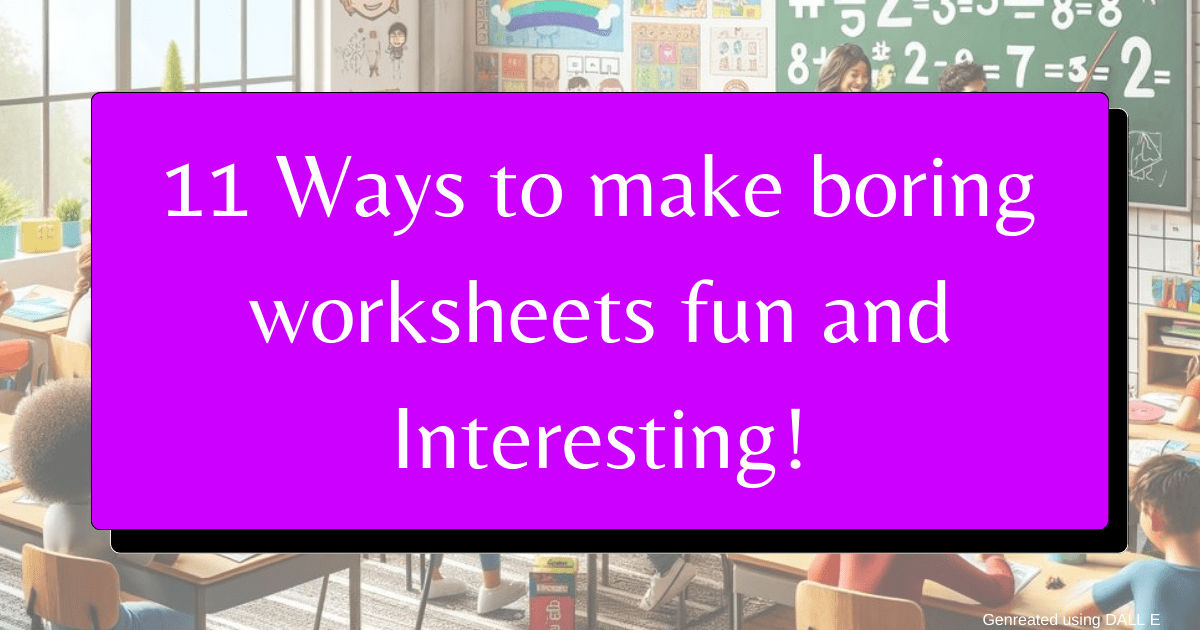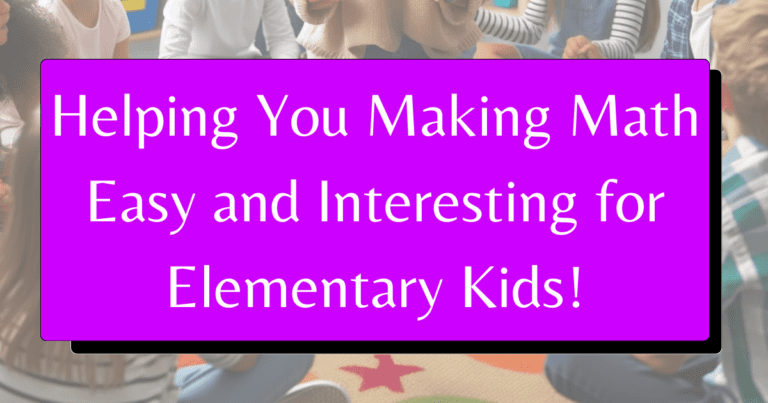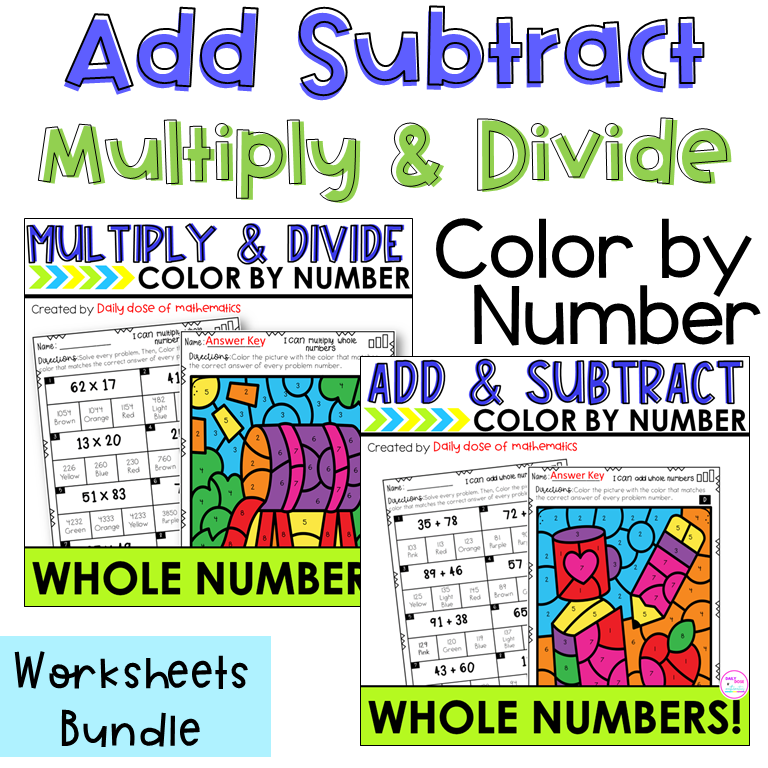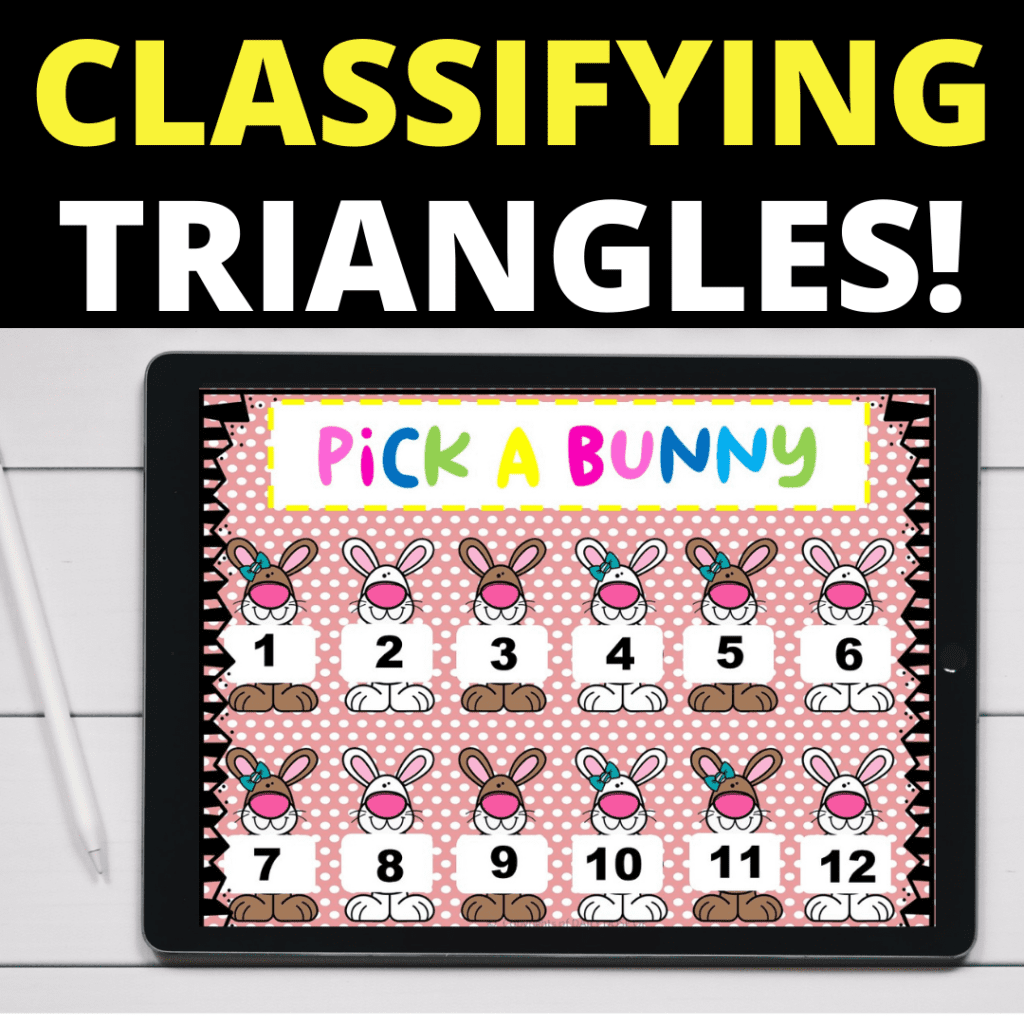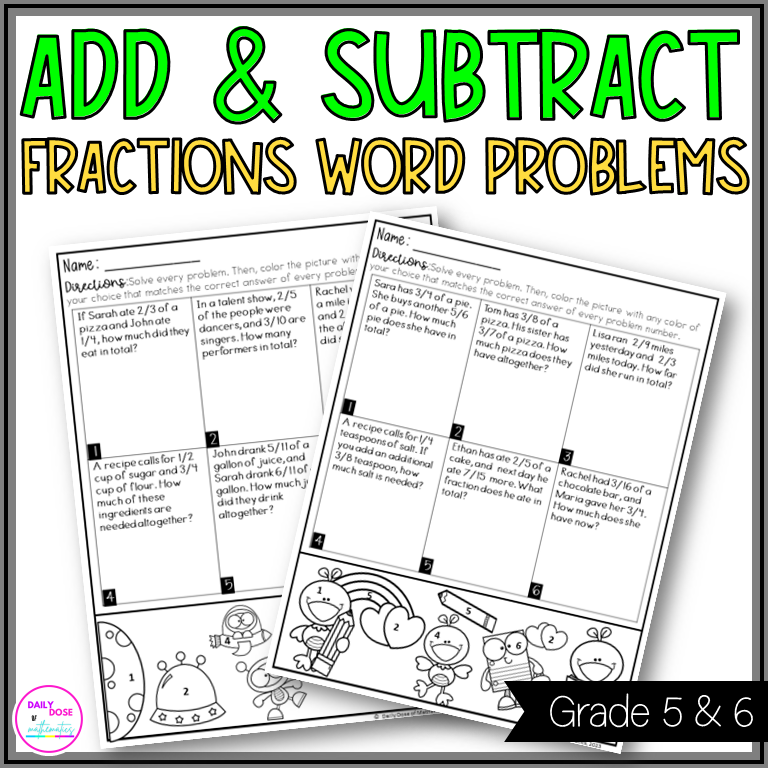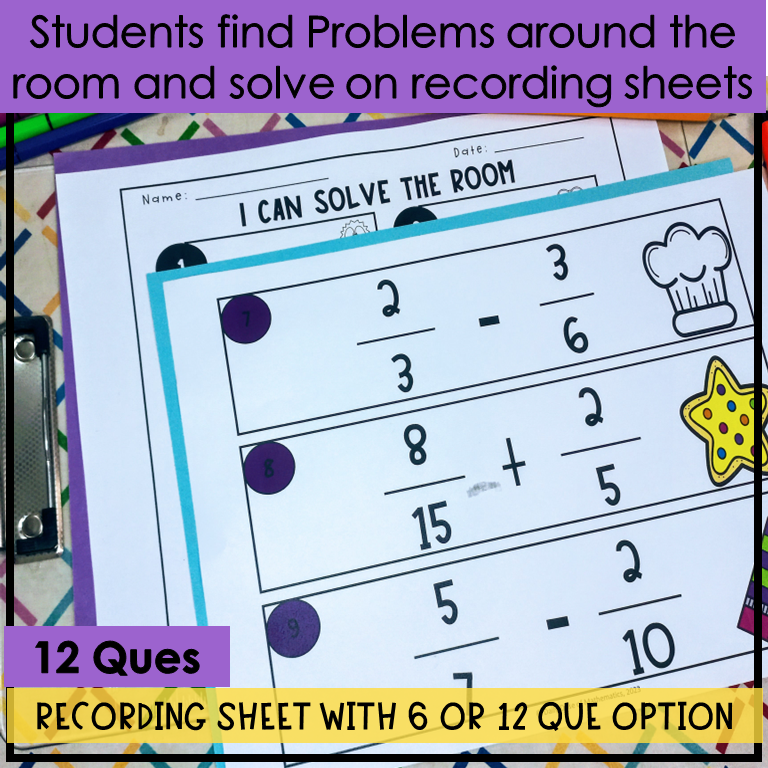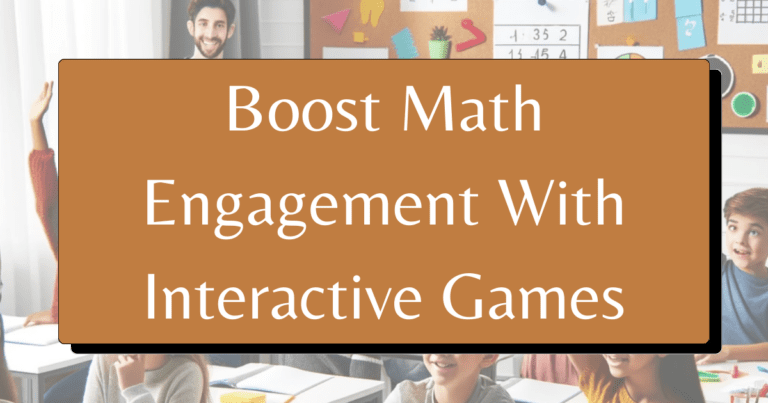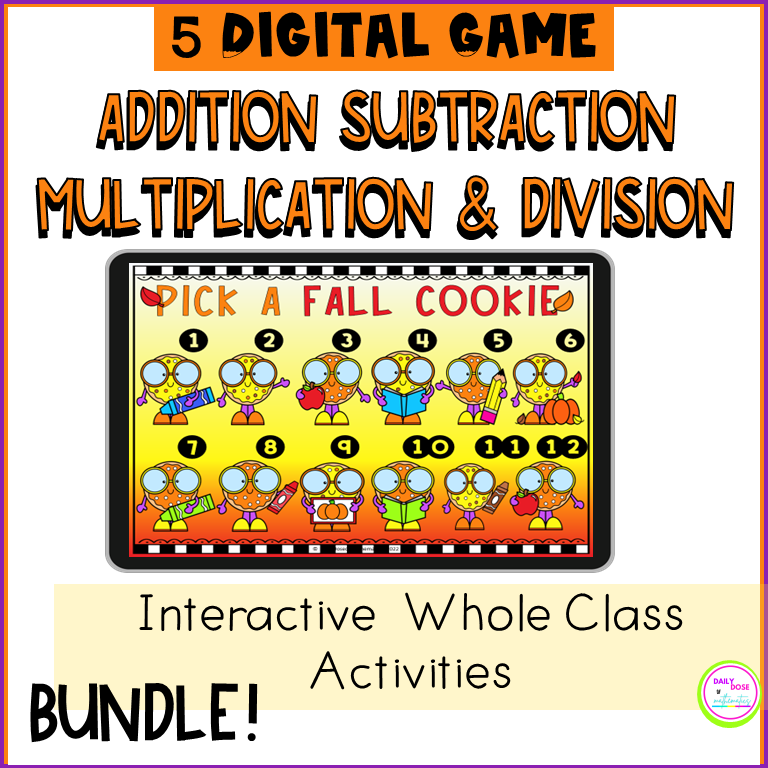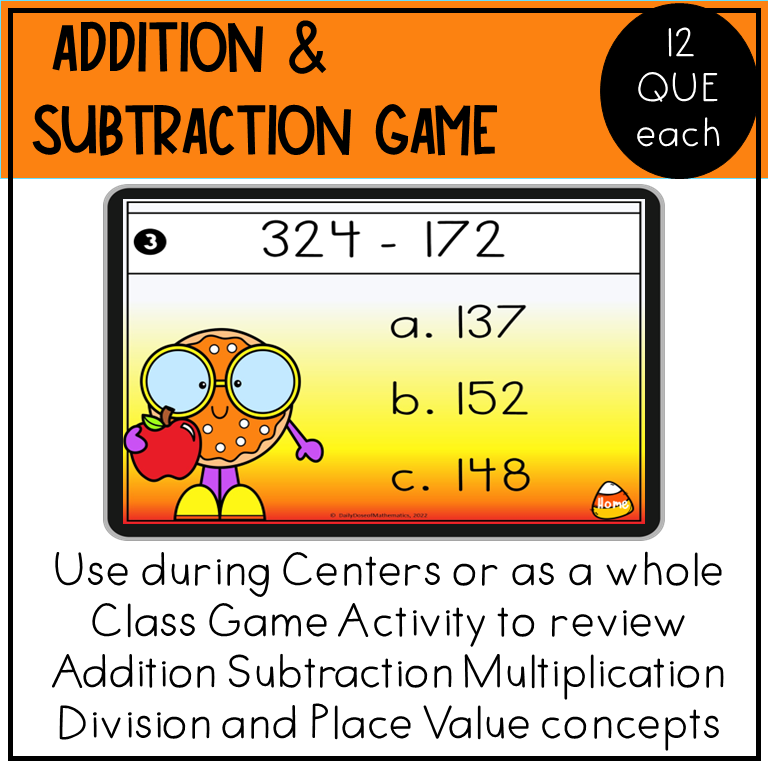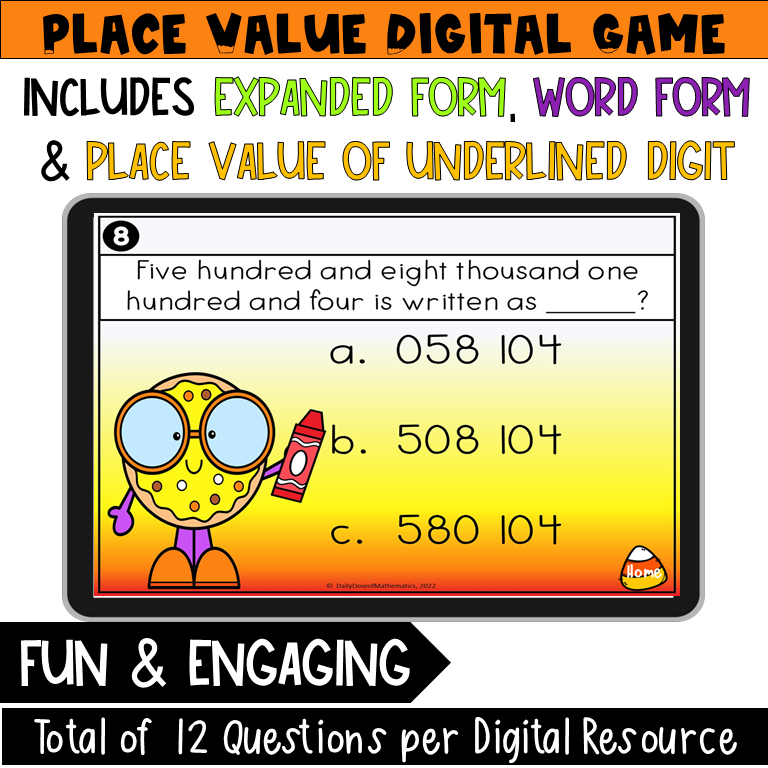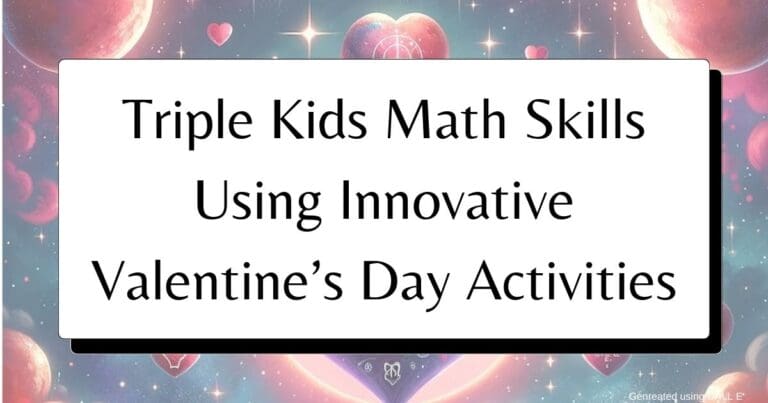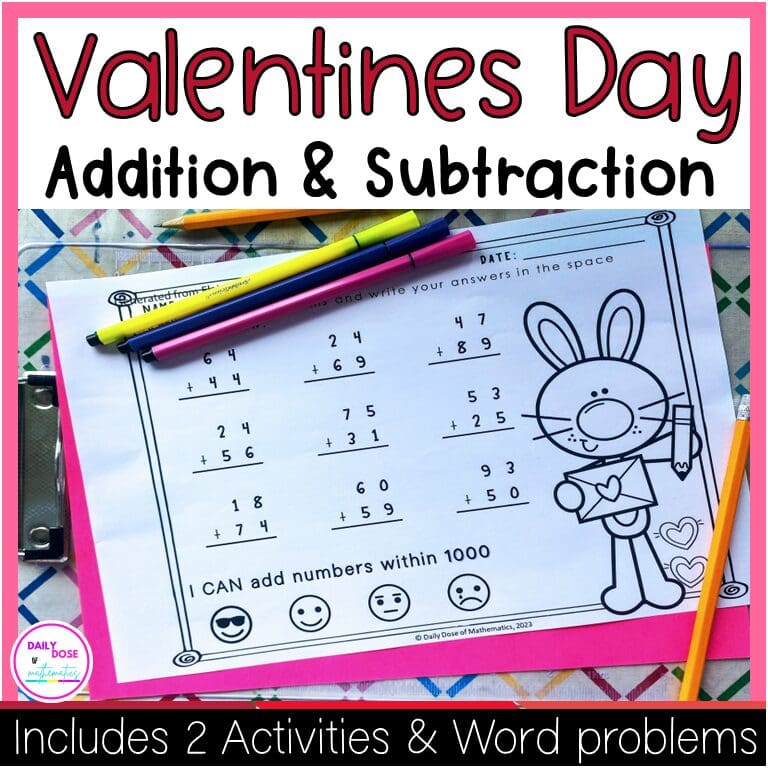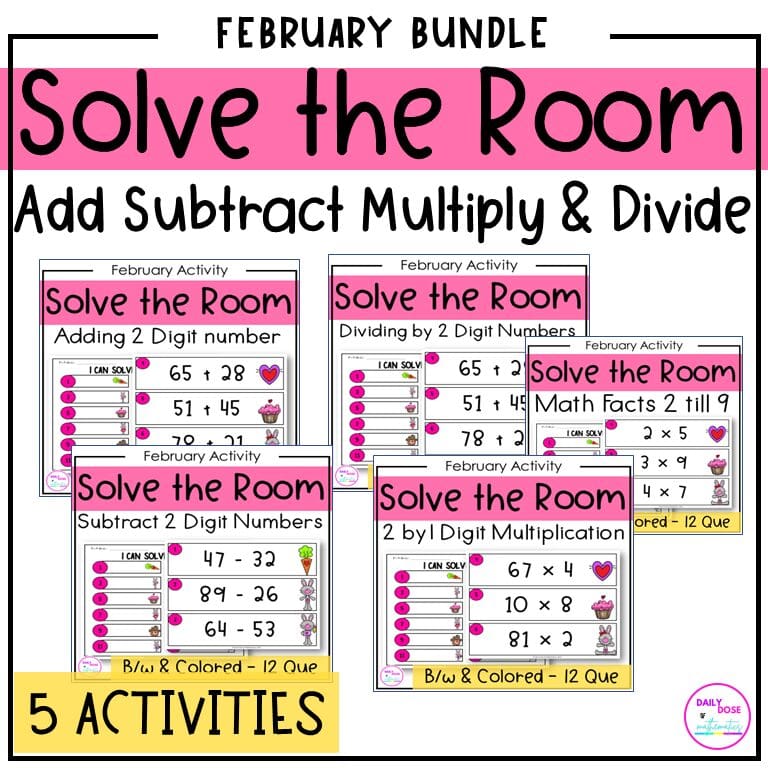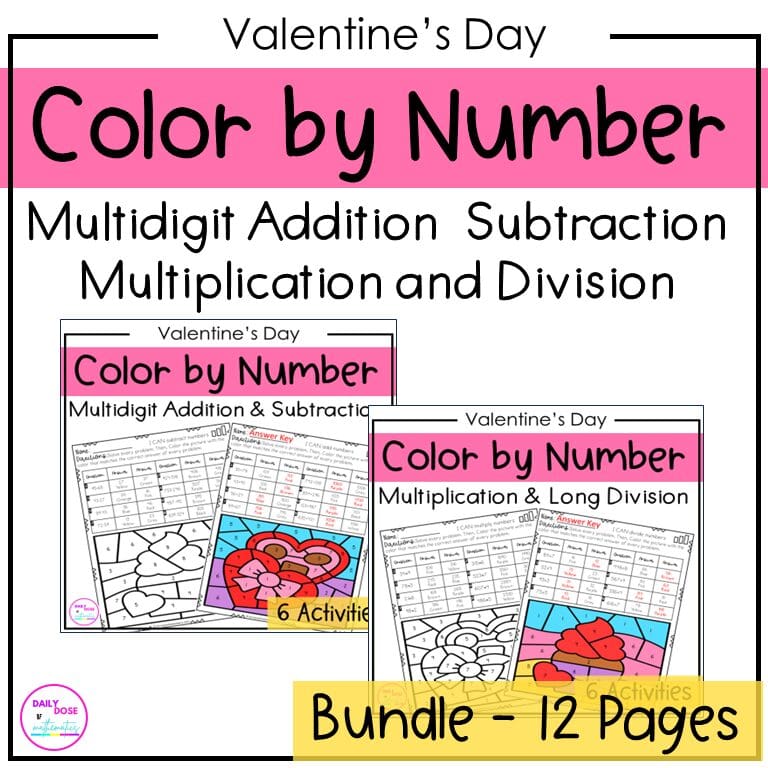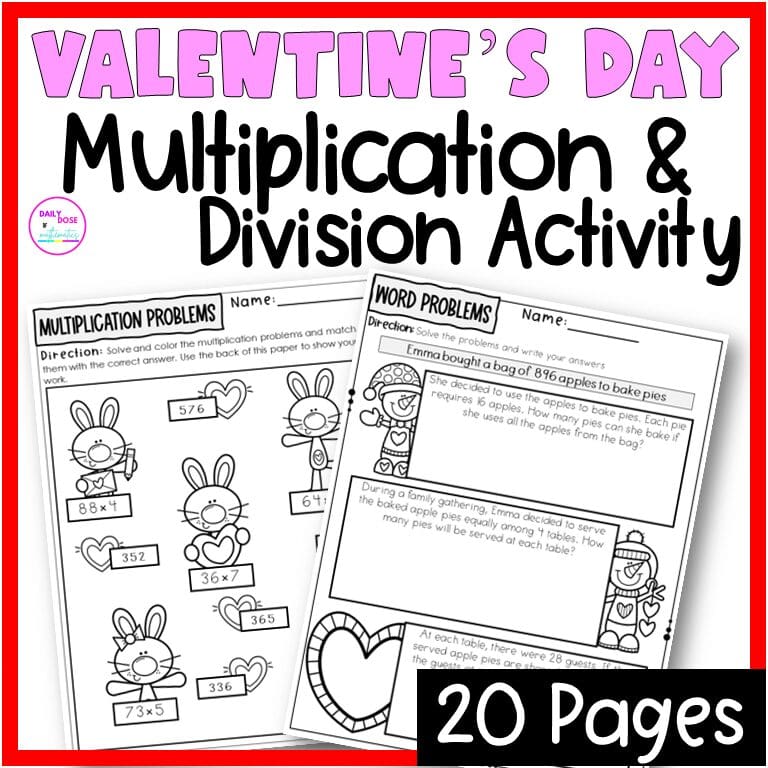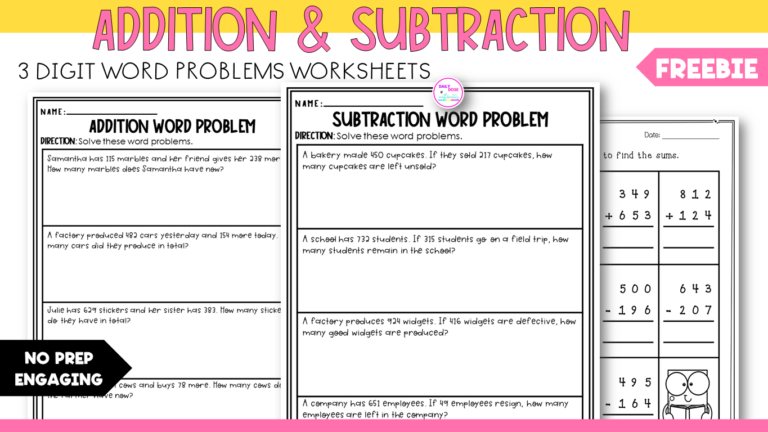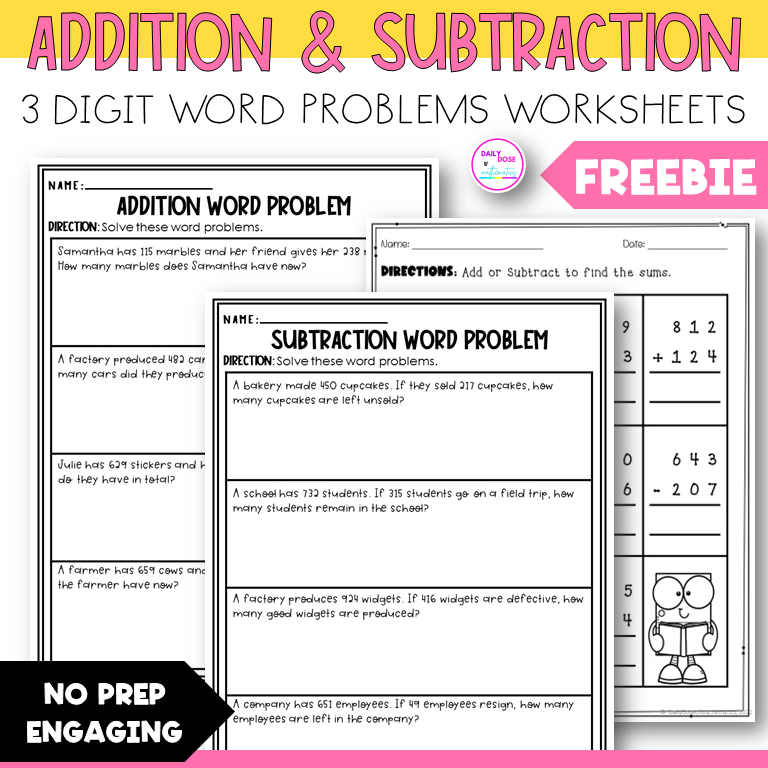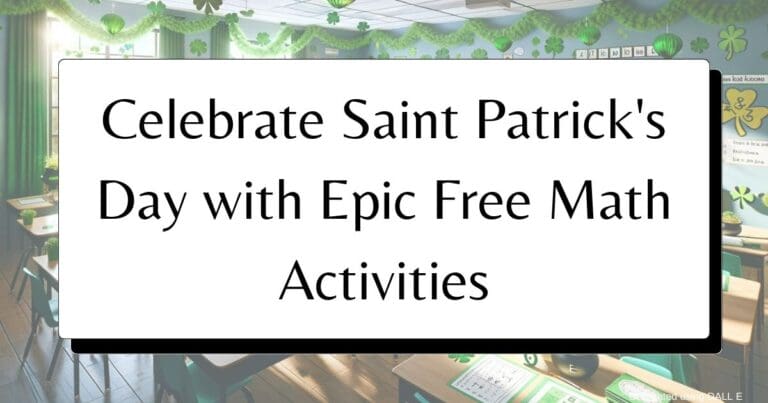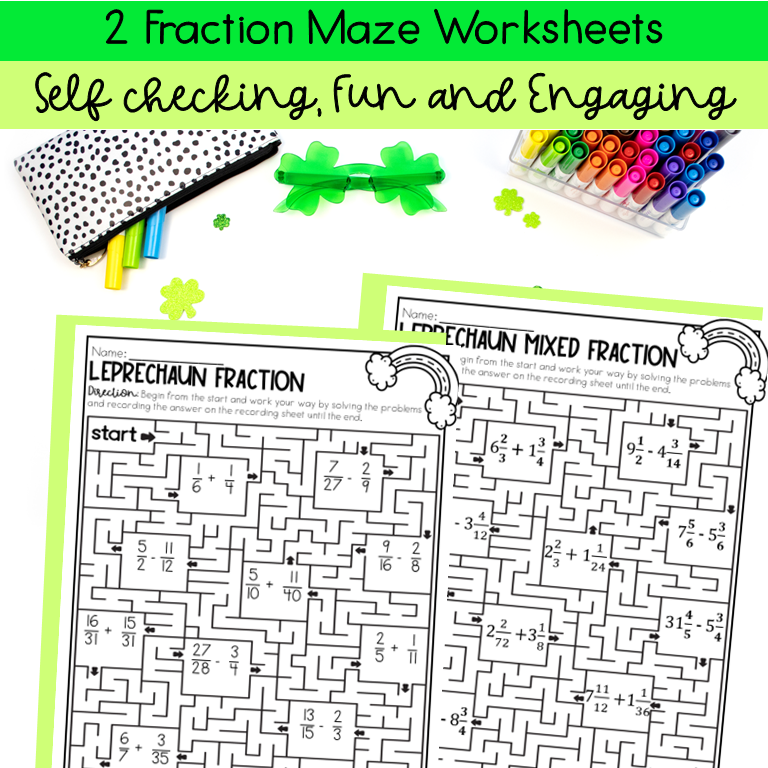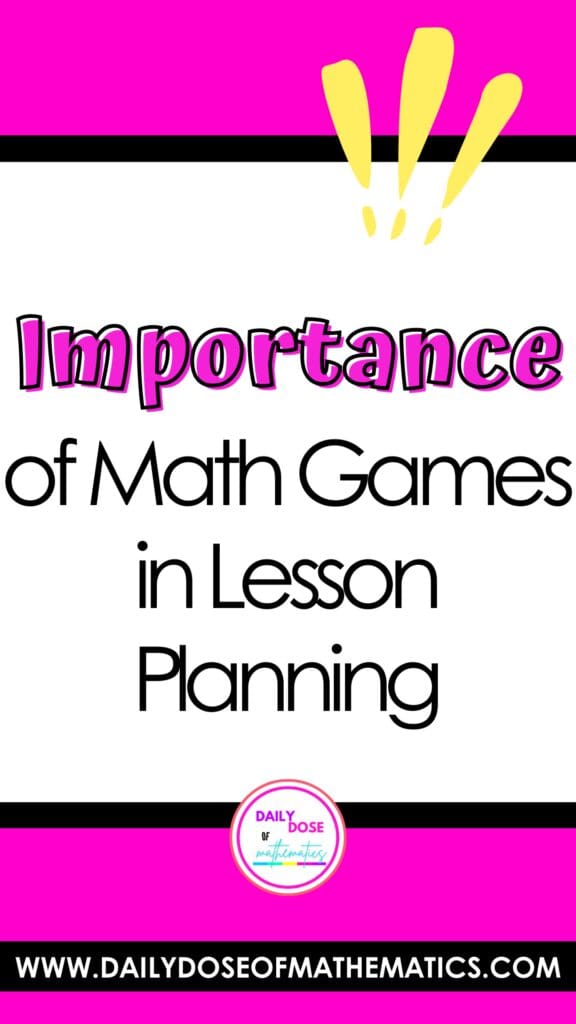11 Cool Ways to Make Boring Worksheets Fun and Interesting
Are you ready to learn how to make Boring Worksheets Fun in your next math class and make math the coolest part of your kids day . Try out these fun ideas and say goodbye to boring old traditional worksheets.
In this post I’ve got 11 super fun ideas to make math feel like a game. Imagine your students racing to finish math problems, playing bingo with math questions, or even turning your classroom into a mini escape room.
Let’s make sure learning math is not just about numbers but also about having a great time. And yes you can have fun in you math class even using your old math worksheets that maybe your district in mandating you to use.
1. Math Races:
I am all about healthy competition and honestly my kids even love it. All you have to do is give your students a competitive atmosphere by timing them as they complete their assigned math activities or worksheets. This will motivate them to finish quickly and accurately and turn the routine task into an exciting race against the clock.
2. Worksheet Bingo:
Another idea that you can implement is turn your normal daily worksheet problems into a bingo game. Which basically means with each correct answer you made your students to mark off a task or problem completed and check off a square. What can even motivate them more is to give them a small prize or award recognition for their effort or to the one that get a line first.
3. Math Puzzles:
Using puzzles as worksheets where with every problem that they solve gives them some clue for the next problem they need to solve. It can be a riddle, a hidden message, or a mystery that gets solved with each correct answer. I used on of these mystery puzzles worksheets for reviewing addition and subtraction inside my classroom and my kids just loved it.
4. Interactive Worksheets:
Using technology to turn your already made worksheets into interactive digital activities. This way you do not have o do the work again and still keep your kids engaged in fun way. Best way I do it is by turning the task cards in to images and then adding those task cards as background images inside Google Slides(TM) and add a text box on top of it for my kids to put their answers.
Second thing that you can do is insert the same task cards as images in Google forms(TM) and use the multiple choice option to create a multiple choice self Checking activity like this for your class, either way your kids are gonna love the special twist of learning experience you put on turning boring worksheet fun.
5. Group Challenges:
Team work in important for every classroom whether its ELA, math, arts or even music. No matter what you are teaching encouraging teamwork by having students work in small groups to complete the the assigned math task. This way they can develop their social and leadership skill along side learning which is a win win. Students can discuss strategies and help each other out which fosters a collaborative learning necessary for their future growth.
Creating activities like math mazes, puzzles or mystery activities gives them the opportunity they need to develop their collaborative skills and turn boring worksheets into fun learning experiences.
6. Real-World Application:
Connect math problems to real-life scenarios. This not only makes the worksheet more interesting but also helps students understand the practical application of what they’re learning.
7. Math Stations:
Set up different stations around the room, each with a math task or worksheet to complete. Students rotate through the stations that breaks the monotony of boring routine and adds movement and excitement to the class.
8. Creative Rewards:
Positive reinforcement is essential for kids to learn and get motivated to do better next time. You can give them their favorite snack as an award, a Home work pass or a chance to play their favorite game.
9. Incorporate Art:
Have them illustrate their mathematical thinking into art. This gives them the ability to develop further their problem solving skills and critical thinking skills.
10. Math Journals:
Math journals like goal journals and others can be useful. Instead of boring worksheets, have students keep math journals where they not only solve math problems but also write about their thought process, making the activity more reflective and personalized. This helps students organize their thought and develop creative thinking.
11. Escape Rooms:
Design worksheets that mimic an escape room challenge. Each correct answer helps “unlock” the next section until they “escape” by completing the entire sheet. This adds an element of adventure to the task.
Remember, the goal is to make learning math not just educational but incredibly fun too. So, try to use these strategies and ideas to your advantage, and turn boring worksheets fun and use them to your advantage. Here is one such example of an multi digit addition and subtraction escape room I did in my that my kids totally loved.
Use this and see your students discover the joy in numbers, and most importantly, develop a lasting love for learning. Implementing all these ideas might require a bit more effort on your part but I assure you it will be 100% worth it.
Find the tips useful, share with other teacher friends!

